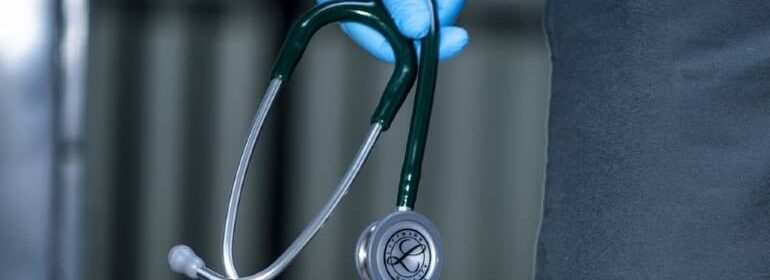Increasing Diversity in How Doctors Learn to Identify Disease

MEGHAN BLITCHINGTON – As technological and scientific advances have been made in the passing decades in relation to medicine, social equality, diversity, and inclusion have not been at the forefront of innovation in the medical field. A “white skin bias” has been present in all texts and resources that seek to educate future doctors and medical personnel around the world. This ostracizes many populations and fails to achieve the purpose that the medical field serves—to diagnose, treat, increase the well-being of all patients. There is a stark difference in the way individuals are treated in healthcare, and this disparity is based on race. The individual doctors alone cannot solely be blamed, as nearly all medical schools supply this white skin biased knowledge for observing symptoms. Malone Mukwende, a medical student at St. George’s University of London, is working to change that by partnering with two lecturers at the University to create and publish a book that displays symptoms on brown and black skin types. His partners in this partnership are Margot Turner, Senior Lecturer in Diversity and Medical Education, and Peter Tamony, Clinical Lecturer in Clinical Skills. Malone sprouted this idea when realizing that he kept finding himself wondering how to identify symptoms in people with a darker skin tone. As he realized there were no sources available to find out, Mukwende set on a mission to provide the world with a guide to diagnose people in the Black community. He published a booklet with his colleagues entitled Mind The Gap that was announced in June 2020 and released in August 2020. It aims to identify signs and symptoms present in black and brown skin and begin the conversation that will eliminate the racial inequalities and lack of diversity in medicine. Mukwende is aware that these integrated injustices will not be solved quickly, but beginning the movement to promote diversity in healthcare is a giant leap in the right direction. Astonishingly, in addition to the booklet, Malone created a website on his own named Black&Brown Skin that has a free downloadable copy of Mind The Gap and a way for people who have more information and pictures of symptoms on darker skin tones to share to increase the breadth of knowledge on the subject and to foster a diverse, inclusive community dedicated to increasing people’s health welfare. This push for diversity in healthcare does not come unfounded. Studies show that in America, access to health care, the quality of care received, and health outcomes are all influenced by race, with people of color at a large disadvantage by having more obstacles to get the care they need compared to White Americans. This is present in other areas of the world, too. Mukwende himself sees the problems in London, where he attends university. An increase in equality and diversity is needed in healthcare, and one prominent example is the disproportionate number of Blacks who have contracted and lost their battle with the coronavirus during the COVID-19 pandemic which is still hitting the United States hard. With pragmatic, outgoing activists like Mukwende and those propagating the Black Lives Matter movement, our healthcare systems and community are benefiting by their work to provide quality care to all by exposing systemic inequalities and implementing change.
Copy Editor: Akshay Nair
Photography Source: Shweta Mistry, https://www.moneycontrol.com/news/world/the-puzzling-questions-of-the-coronavirus-a-doctor-addresses-6-questions-that-are-stumping-physicians-5234491.html
